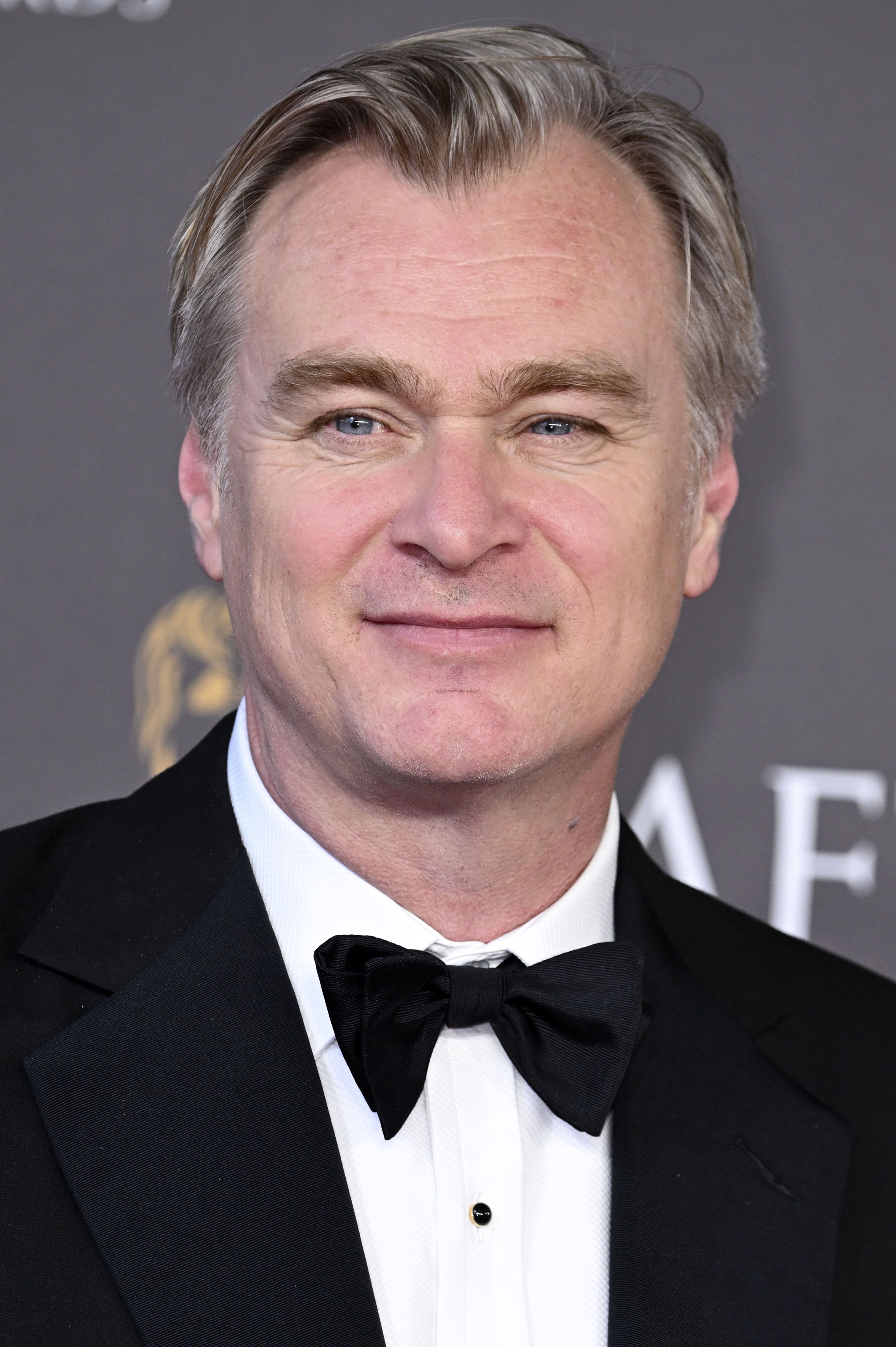Considering very few ofChristopher Nolan’s 12 moviesare sequels, this makes the theory all the more enticing.
The director is known for his large-scale feats, though this has not always been the case.
Although these films are undeniably convoluted, thesesci-fis have come to be the defining points of Nolan’s career.

The over-complicated events inTenet, and the intentionally ambiguousending ofInception, pose little threat to the narrative.
Instead of just two simultaneous versions, though,Inceptionallows for multiple objects to be swapped seamlessly.
Retroactively, this ensures that Protagonist’s mission against Sator is a success and fully establishesTenet.
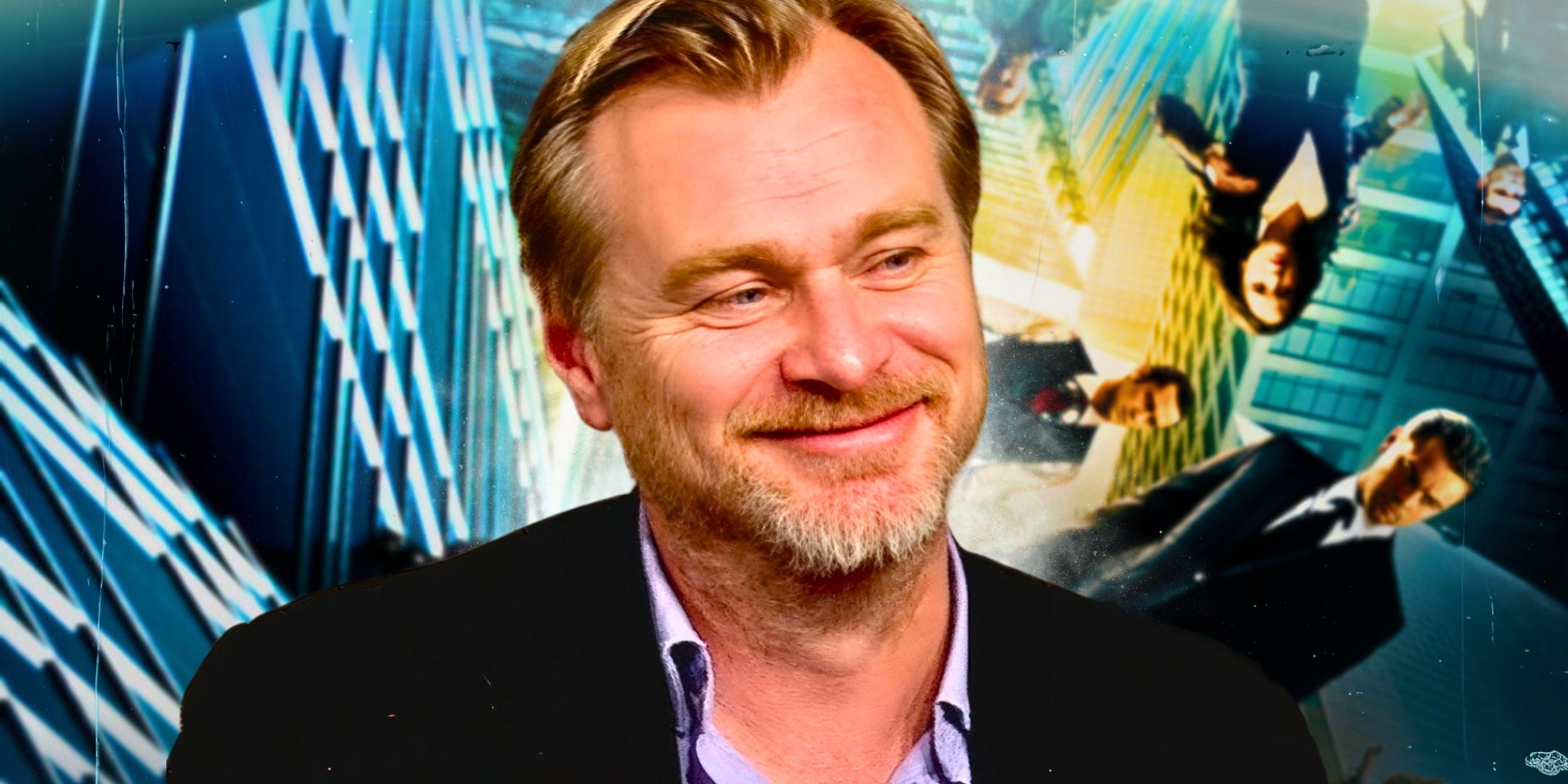
More importantly, this theory makes Murph the connecting figure bridging these technologies.
Cooper provides his daughter with the data TARS collected duringInterstellar, which helps Murph solve the problem of gravity.
This is what results in Murph creating the gravity-defying technology and inventing temporal inversion.
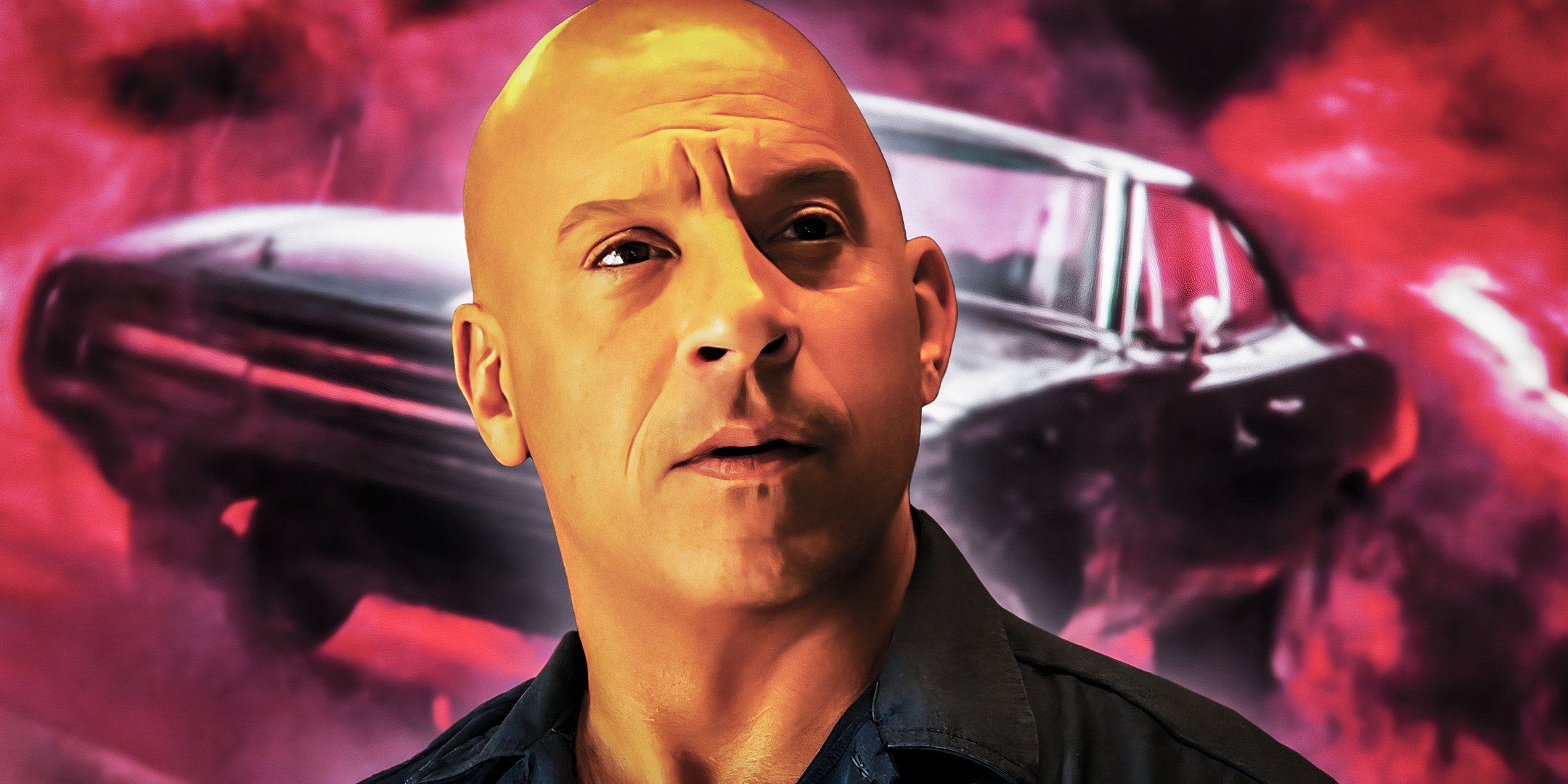
It is through this accomplishment that Murph builds on Tesla’s work.
Consequently, the turnstile machine means that people can create literal paradoxes.
The director’s films are all incredibly distinct and entirely separate projects.

Custom image by Milica Djordjevic
This is a deliberate choice, and part of what makes his films so interesting.
This can create far more problems than it solves.
Aside from hisBatmantrilogy,Nolan has remarkably never made a sequel.
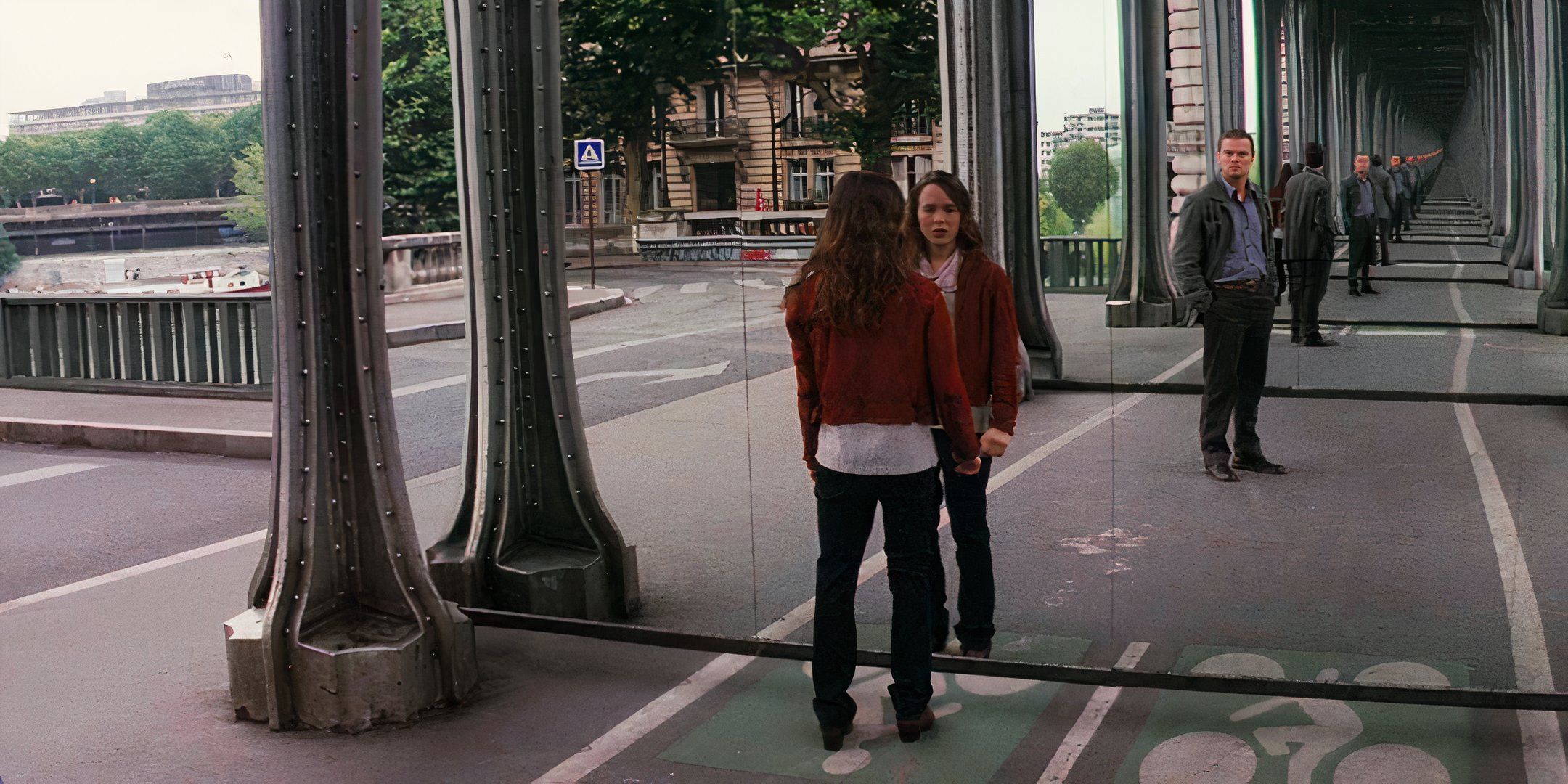
Warner Bros. Pictures
Instead, he focuses on delivering one complete experience, rather than relying on cliffhangers and unresolved plotlines.
This ultimately becomes put at risk if Nolan’s movies are to take place in the same universe.
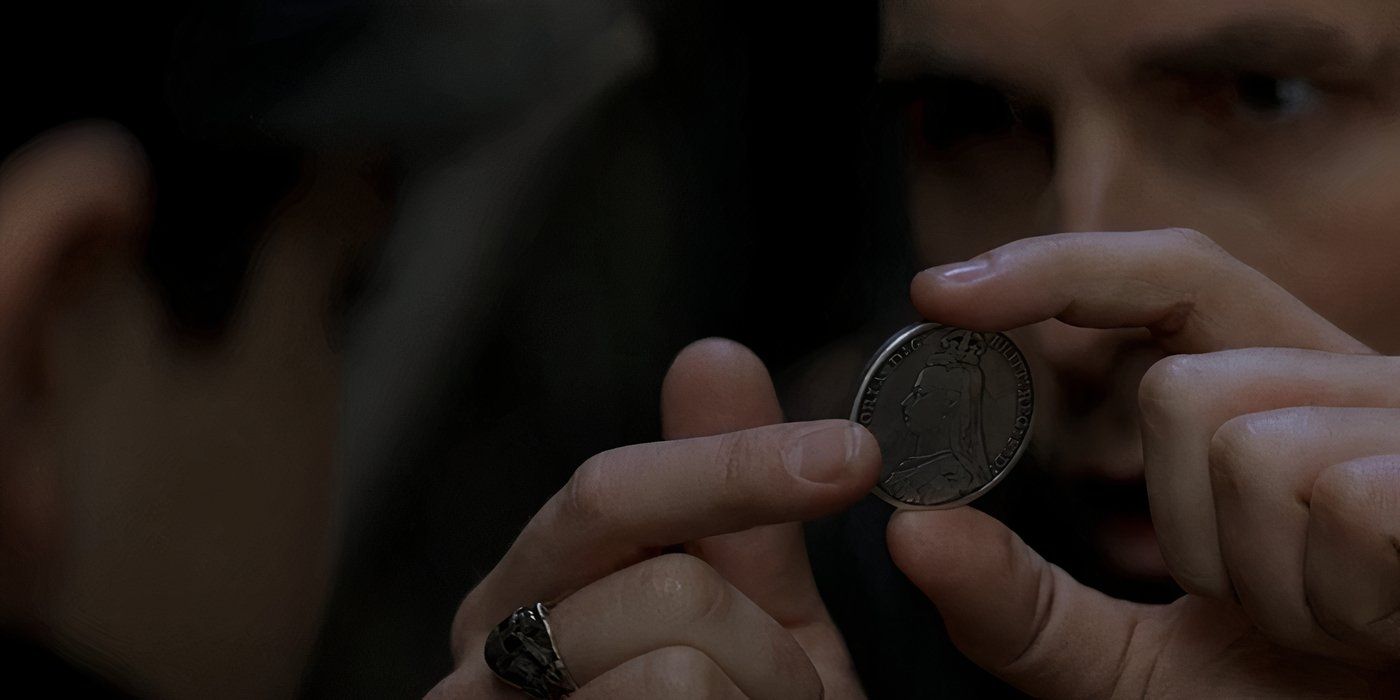
Warner Bros. Pictures
